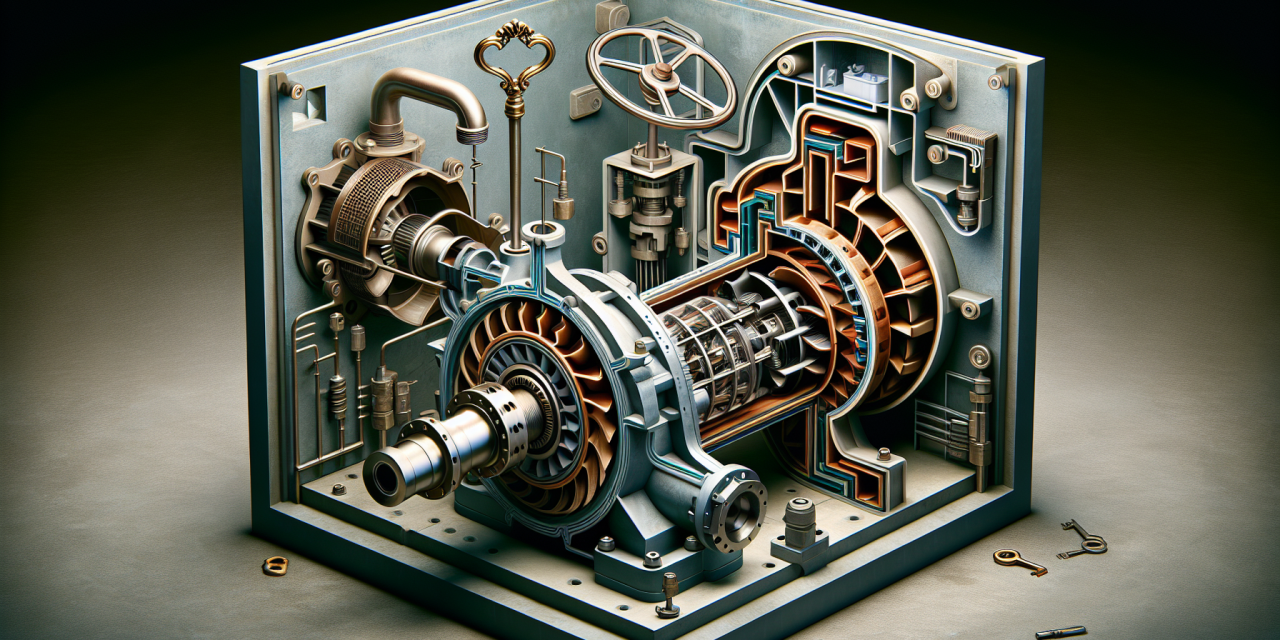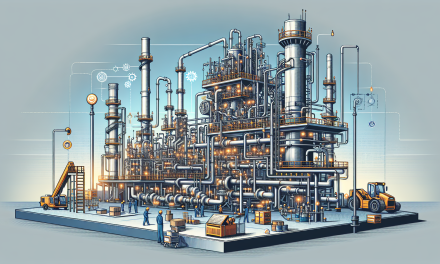Table of Contents
- Introduction
- Understanding Centrifugal Pumps
- How Centrifugal Pumps Work
- Exploring Valves
- The Role of Valve Technology
- Best Practices in Pump Installation and Maintenance
- Importance of Training in Pump and Valve Technology
- Practical Skills Acquisition
- Conclusion
- FAQs
Introduction
The fundamental aspects of centrifugal pump and valve technology form the backbone of various industries, ranging from water treatment to oil and gas production. Indeed, mastering these technologies yields impressive benefits in efficiency, safety, and reliability.
Understanding Centrifugal Pumps
Centrifugal pumps operate on a simple principle: kinetic energy converts to hydraulic energy through a rotating impeller. On closer inspection, these pumps consist of several components, including:
- Impeller
- Volute casing
- Suction and discharge nozzles
- Bearings and seals
Every component plays a critical role in ensuring effective operation. When users understand the nuances of each part, they greatly enhance their ability to manage and maintain these devices effectively.
How Centrifugal Pumps Work
To break down the operation further, let’s examine how centrifugal pumps work step-by-step:
The Initial Stage
The process begins when the pump is filled with liquid; this condition creates suction that draws additional fluid into the pump.
The Rotating Impeller
As the impeller spins, it imparts kinetic energy to the liquid. Consequently, this energy pushes the liquid toward the discharge nozzle. The design of the impeller significantly impacts the performance of the pump.
Exiting Through the Discharge Nozzle
In the final phase, fluid exits through the discharge nozzle, having gained velocity and pressure. The pressure gradient created allows efficient fluid transfer.
Exploring Valves
While centrifugal pumps are integral, valves also play a pivotal role when it comes to controlling fluid flow. Various types of valves — such as gate, globe, and ball valves — serve specific purposes in managing pressures and flow rates within any system.
Types of Valves
Each type of valve has unique features that make it suitable for specific applications:
- Gate Valves: Ideal for on/off control, offering minimal flow resistance.
- Globe Valves: Excellent for throttling and regulating flow due to their design.
- Ball Valves: Known for providing a tight seal and fast operation.
The Role of Valve Technology
Valve technology has undergone significant advancements over the years. Today, smart valves equipped with sensors and control systems significantly enhance operational effectiveness. These smart systems offer real-time data, improving decision-making and maintenance scheduling.
Best Practices in Pump Installation and Maintenance
Installation and maintenance determine the longevity and efficiency of centrifugal pumps and valves. Therefore, adhering to best practices is crucial. Here are some guidelines:
Installation Tips
- Ensure proper alignment during installation to prevent excessive wear.
- Use appropriate mounting bases to reduce vibrations.
- Familiarize with the manufacturer’s specifications for optimal results.
Maintenance Strategies
Regular maintenance practices can avoid unexpected failures and downtime:
- Inspect seals and bearings frequently to prevent leaks.
- Monitor performance metrics for early detection of irregularities.
- Conduct regular cleaning and maintenance of impellers and casings.
Importance of Training in Pump and Valve Technology
Understanding technology is vital, but it’s equally important that personnel receive adequate training. Comprehensive training prepares professionals to manage and operate these systems efficiently.
Benefits of Training
- Sharpens troubleshooting skills, leading to quicker resolutions.
- Gamifies the learning experience, making practical knowledge easy to acquire.
- Ensures compliance with relevant regulations and safety standards.
Practical Skills Acquisition
Acquiring practical skills translates theoretical knowledge into actionable insights. Enthusiastic personnel who engage in hands-on practices emerge more competent. Facilities that encourage such environments foster growth and ingenuity.
For those eager to bolster their expertise, consider exploring the Centrifugal Pump & Valve Technology: Masterclass Training Course. This comprehensive program deepens individuals’ understanding and hones their skills.
FAQs
What industries use centrifugal pumps and valves?
Centrifugal pumps and valves find applications in several industries, including: water treatment, chemical processing, oil and gas, food and beverage, and pharmaceuticals.
How often should pumps be maintained?
Regular maintenance should occur every three to six months, but the frequency may vary based on the specific application and operational conditions.
What are the signs of a failing pump?
Signs of a failing pump include unusual noises, vibrations, decreased performance, and visible leaks.
Conclusion
Mastering centrifugal pump and valve technology presents a pathway to enhanced operational efficiency in various industries. By understanding how these devices work, adopting best practices, and receiving proper training, professionals can significantly impact their organizations. Moreover, for continuous growth, one might find it useful to investigate relevant topics such as mastering compressor and pump technology, advanced compressor technology innovations, hydrocarbon production explorations, career transformation insights, and political risk management in the oil and gas sector.





